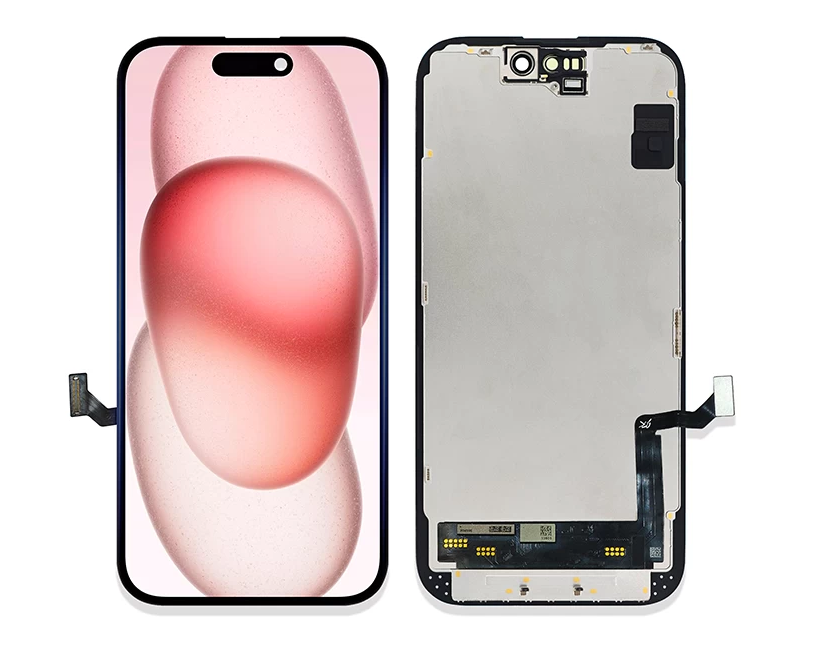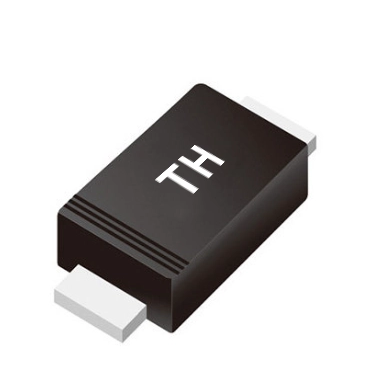Soldering is a fundamental skill in various fields, from electronics to plumbing, and even in jewelry making. The ability to join wires or components effectively can determine the success of a project. However, a common question arises: Can you solder any type of wire? The answer is nuanced and depends on several factors, including the type of wire, soldering technique, and the intended application. In this article, we will explore the intricacies of soldering different types of wires, the materials involved, and best practices to ensure a strong and reliable connection.
Understanding Wire Types
Before diving into the soldering process, it’s essential to understand the different types of wires you may encounter:
- Copper Wire: The most common type used in electronics due to its excellent conductivity. Copper wire can be solid or stranded, with stranded wire being more flexible and easier to work with.
- Aluminum Wire: Often used in power distribution, aluminum wire is lighter and less expensive than copper but requires special soldering techniques due to its oxide layer, which can hinder electrical connections.
- Tinned Wire: Copper wire coated with a thin layer of tin to prevent oxidation. Tinned wire is easier to solder and is commonly used in marine and automotive applications.
- Silicone Wire: Known for its high-temperature resistance and flexibility, silicone wire is often used in high-performance applications. It requires specific soldering techniques due to its insulation material.
- Multi-stranded Wire: Composed of many small strands, this wire is more flexible and less likely to break under stress. However, it can be more challenging to solder due to the need for proper strand alignment.
The Soldering Process: Techniques and Considerations
- Preparing the Wire
Regardless of the wire type, proper preparation is crucial for a successful solder joint. This includes stripping the insulation to expose the wire, cleaning the surface to remove oxidation or contaminants, and twisting stranded wires together to ensure a solid connection.
- Choosing the Right Solder
The type of solder you use can significantly impact the quality of your joint. Common options include:
- Lead-based Solder: Traditionally used in electronics, it has excellent flow characteristics but poses health risks due to lead content. It’s becoming less common due to regulations.
- Lead-free Solder: Composed of tin, copper, and other metals, lead-free solder is now the standard in many industries. It requires higher temperatures and may not flow as easily as lead-based solder.
- Flux: A critical component in soldering, flux helps to clean the metal surfaces and improve solder flow. Different types of flux are available, including rosin-based and water-soluble options.
- Soldering Techniques
The technique used can vary based on the wire type:
- For Copper Wire: Use a soldering iron with a clean tip and appropriate temperature (typically around 350°C). Apply flux to the wire before soldering to enhance adhesion.
- For Aluminum Wire: Use a specialized aluminum solder and flux designed to break through the oxide layer. Pre-tinning the aluminum wire can also help improve the bond.
- For Silicone Wire: Use a soldering iron with a lower temperature to avoid damaging the silicone insulation. Consider using heat-shrink tubing to protect the joint.
- For Multi-stranded Wire: Ensure that the strands are twisted tightly together before soldering. Use a higher temperature to ensure the solder penetrates all strands.
Best Practices for Soldering
- Safety First: Always wear safety goggles and work in a well-ventilated area. Be cautious of hot solder and tools.
- Practice Makes Perfect: If you’re new to soldering, practice on scrap wire before working on your actual project. This will help you develop a steady hand and understand the nuances of different materials.
- Inspect Your Joints: After soldering, inspect your joints for any cold solder connections (dull and grainy appearance) or bridges (unintended connections between wires). A good solder joint should be shiny and smooth.
- Use the Right Tools: Invest in a quality soldering iron, solder, and flux. A good soldering station with adjustable temperature settings can make a significant difference in your soldering experience.
Conclusion
In summary, while the question Can you solder any type of wire? may seem straightforward, the answer is complex and depends on various factors. Understanding the characteristics of different wire types, selecting the appropriate solder and flux, and employing the right techniques are all crucial for achieving strong, reliable connections. With practice and attention to detail, you can master the art of soldering and tackle a wide range of projects with confidence. Whether you’re an electronics hobbyist, a professional technician, or a DIY enthusiast, honing your soldering skills will undoubtedly enhance your capabilities and open up new possibilities in your work.




